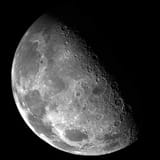Newly approved Chandrayaan 5 LUPEX mission will drill for water on the Moon and aid Artemis | Indian Space Progress #25-26
Plus: A host of new lunar science results from Chandrayaan 2 and 3. Enjoy this 3200-word Chandrayaan-special. 🌙
India has formally approved the joint ISRO-JAXA Chandrayaan 5 (LUPEX) mission to study water ice on the Moon’s south pole. The mission and its approval are notable in many ways as we’ll see below.

First, on the confusion about the mission’s approval and development
The Japanese government had approved the LUnar Polar EXploration (LUPEX) mission on their end for years, and had been waiting on India to do the same. ISRO’s new Chief V. Narayanan said the Indian Government’s Union Cabinet approved the Chandrayaan 5/LUPEX mission on March 13. It finally ends the unnecessary confusion stemming from ISRO not clearly communicating official information about the mission’s approval status. The approval also resolves statements made by both ISRO and JAXA which wrongly conveyed LUPEX’s launch being in mid-decade for years.
Note that not everything is clear just yet since no budget seems to have been announced for the mission so far. However, one can gauge from ISRO’s Demand for Grants for 2025-26 document that work on Chandrayaan 5 will continue in the background while the Chandrayaan 4 sample return mission takes center stage. Also, confusion about LUPEX thickened recently as the ISRO Chief seems to have erroneously quoted that its rover’s mass will be 250 kilograms instead of 350. ISRO and JAXA have been consistently quoting the latter number for years, and that is very likely the correct mass range.
The water-hunting mission of LUPEX

The Chandrayaan 5 lander carrying the LUPEX rover on top of it will launch on Japan’s H3 rocket by end of decade, following India’s launch of Chandrayaan 4 which is targeted by 2028. The ~6,000-kilogram ISRO-developed Chandrayaan 5 lander will deploy the JAXA-provided ~350-kilogram LUPEX rover on the Moon’s south pole to directly study the nature, abundance, and accessibility of water ice. As part of its exploration spanning at least 3.5 months, the LUPEX rover will enter permanently shadowed regions seeking water ice and other such volatiles.
In terms of hardware development, JAXA and Mitsubishi have been validating the LUPEX rover design through a series of tests using qualification and engineering models. Engineering models for several rover instruments have also been built and tested. To safely and precisely land LUPEX amid the dangerously rocky terrain at the Moon’s south pole, ISRO is building the Chandrayaan 5 lander with input from both Chandrayaan 3’s success and that of JAXA’s SLIM lander. LUPEX builds on the previous Indo-Japanese collaboration of ISRO’s Chandrayaan 2 orbiter helping JAXA nail SLIM’s goal of precision lunar landing.
Landing site selection studies for LUPEX have been ongoing, feeding into as well as building on ISRO’s ongoing aid to NASA for planning crewed Artemis missions. A 2024 IAC talk by Chandrayaan 3’s Project Director Palanivel Veeramuthuvel suggests that Chandrayaan 5’s landing site could be 89.45°S, 222.85°E, which lies on an elevated ridge connecting the large Shackleton and de Gerlache craters. A key criteria for selecting Chandrayaan 5’s landing site is that it should have several 100-meter-scale permanently shadowed regions nearby so that the LUPEX rover can directly study any potential water ice and other volatile deposits they might host.
LUPEX will power through one of the harshest planetary environments in the solar system. Between cryogenic temperatures during major investigations, a rocky terrain riddled with steep slopes, and a near-horizon Sun causing long, moving shadows that the rover needs to keep avoiding, we’re sending LUPEX to lunar hell. Despite facing much colder temperatures than NASA’s flagship Mars missions, LUPEX is not currently planned to have a radioisotope heater unit (RHU) for warmth. Instead, the solar-powered rover will rely on its battery and heat pipes to keep itself from freezing. LUPEX will periodically park at pre-identified high-altitude polar spots during the mission where local nights last only 3 to 5 Earth days instead of the longer 14 Earth days worth of equatorial lunar nights.
LUPEX instruments
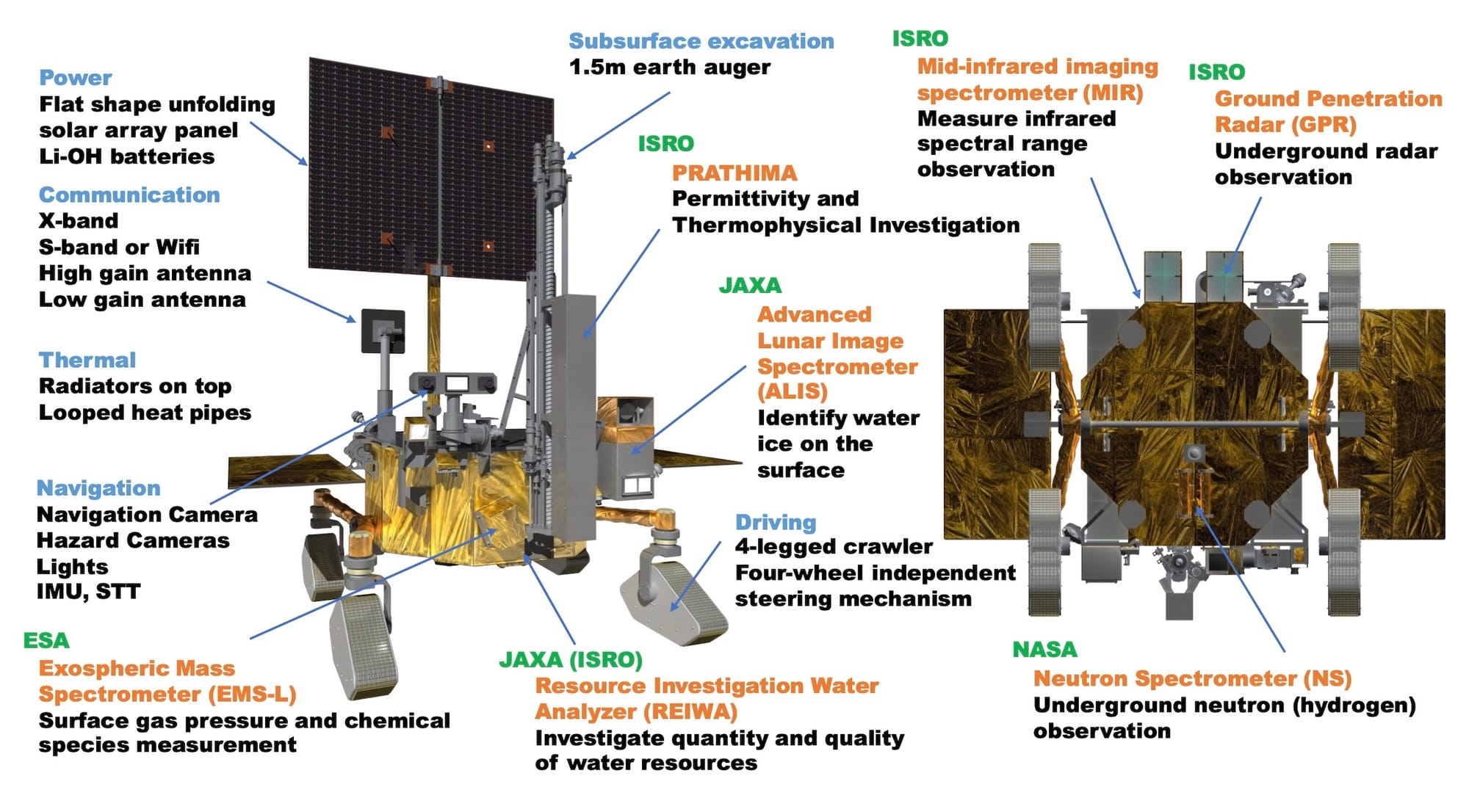
The LUPEX rover will feature instruments from both Japan and India as well as a contribution each from NASA and ESA. A defining capability of LUPEX will be the ISRO-provided ground penetrating radar, which will tell scientists about the Moon’s polar underground structure and its water ice locations up to 3 meters depth. To complement these observations, a NASA-led neutron spectrometer onboard will detect hydrogen—as an indirect sign of water—up to a meter below the surface. Together, the two instruments will help mission scientists identify the most favorable drill locations to access water-containing soil samples. JAXA’s drill on LUPEX will fetch samples from up to a depth of 1.5 meters, which will be analyzed by at least five complementary spectrometers from JAXA and ISRO onboard the rover.
Since volatiles evaporate even at moderately warm temperatures, some of them would escape the soil and drilled samples before LUPEX’s spectrometer suite can detect them. To that end, ESA is contributing a mass spectrometer onboard the rover to identify escaped volatiles that pass through it. It will also study the Moon’s exosphere. Lastly, an ISRO-provided thermal probe on the rover will help quantify water ice within soil samples.
Things on the lander side are still murky. ISRO is yet to finalize, or announce, the instruments that will be on the large lander. Given its mass budget, it also has the potential for substantial science. ISRO has been considering adding an RHU on the lander to demonstrate lunar night survival but it’s not confirmed yet.
International context and Indo-Japanese aid to Artemis
The Chandrayaan 5 mission’s goal is thus similar to China’s Chang’e 7 mission, which CNSA aims to launch next year to substantially advance our understanding of the accessibility, movement and storage of surface and near-surface polar water ice. In the meanwhile, NASA undertook a questionable cancellation of its VIPER rover, which had a similar goal, and so the US is now scrambling to find another opportunity to fly VIPER—an approach which decidedly fails at the mission’s original goal. Planetary scientist Brett Denevi, who leads the Artemis III Geology Team for NASA, said “We should not expect VIPER science to happen by hoping that someone will offer to fly and operate it on their own dime.” She added that the US Congress should at least fund existing VIPER science and operations teams, which are at risk of being disbanded even if NASA selects a company to fly VIPER.
Knowing the ground truth about the Moon’s water ice deposits is necessary to systematically plan sustained robotic and crewed lunar missions, and India and Japan are keen to be strategic knowledge providers of the same. As such, Chandrayaan 5 LUPEX stands to provide NASA a chance to obtain the desired information about lunar polar water without the US space agency pursuing another time-consuming mission. Japan is a key partner of NASA in the Artemis campaign, and has signed the US-led Artemis Accords for cooperative lunar exploration. India too has signed the Accords, and ISRO is already aiding NASA with lunar polar resource prospecting and hazard classification of landing sites for crewed Artemis missions. All of these mechanisms encourage scientific data sharing. It’s also how the US bloc of countries can catch up with China’s lead in lunar exploration.
There are also other areas where LUPEX will help leapfrog technological developments. For India, building the large Chandrayaan 5 lander will enable a foundational element for more complex robotic and crewed missions. On the Japanese side, building and operating the LUPEX rover will contribute directly to the development of Japan’s advanced pressurized rover for Artemis, which targets a launch and lunar delivery next decade.
Lunar science galore from Chandrayaan 2
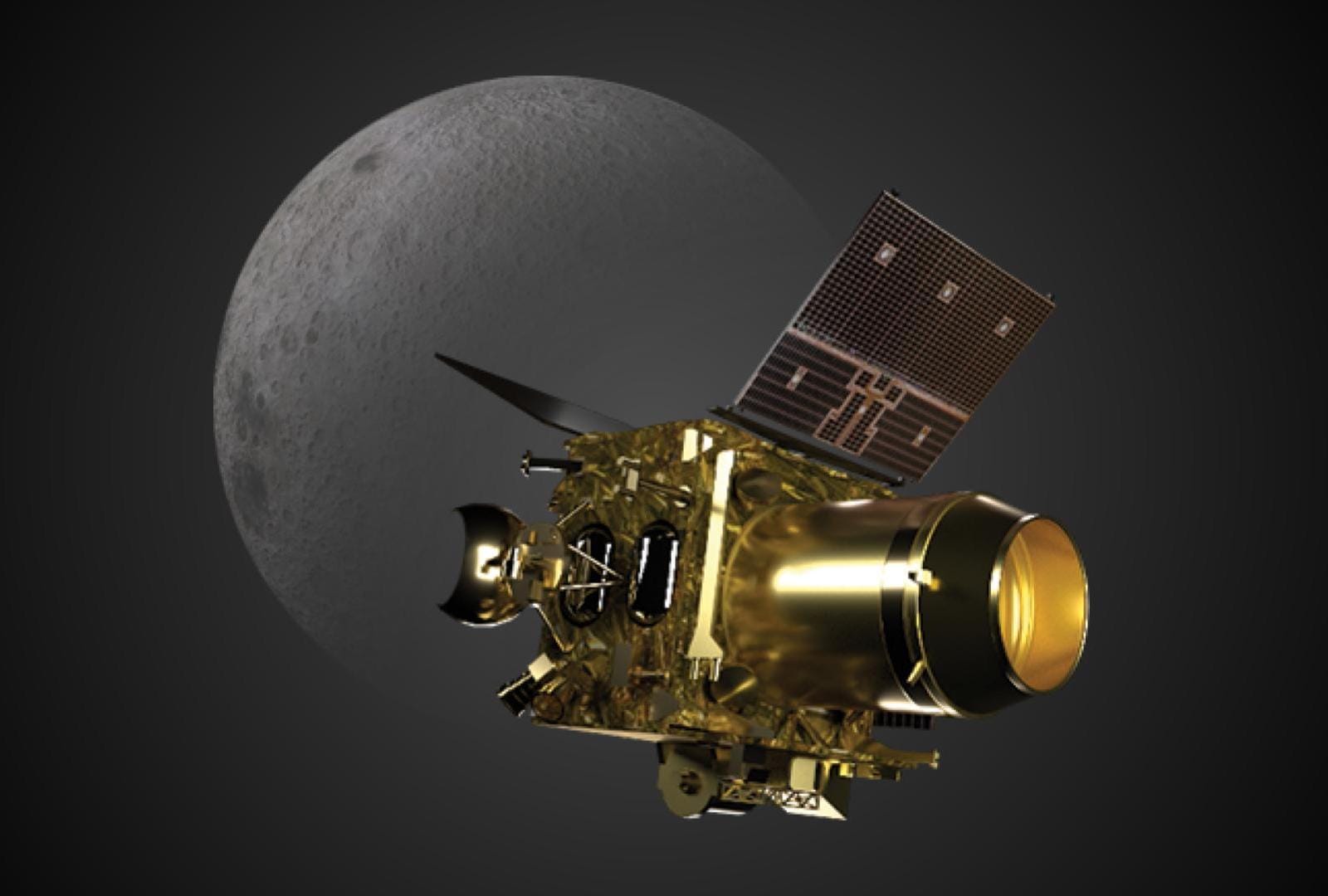
- With another joint analysis specifically identifying a possible landing area, ISRO’s Chandrayaan 2 orbiter continues aiding NASA in landing site selection for the crewed Artemis III Moon mission targeting launch later this decade.
- In February 2024, the UK Space Agency funded Royal Holloway, University of London (RHUL) with £306,000 to develop software for the Chandrayaan 2 orbiter to help its multi-band radar better detect underground water ice on the Moon’s poles. Initial results are now out, showing some headway. The orbiter’s radar data is also aiding geological studies.
- Analyzing how two-way radio signals between the Chandrayaan 2 orbiter and an Indian Deep Space Network antenna were affected, scientists have inferred the first electron density profile of the Moon’s ionosphere for when the Moon passes through Earth’s geomagnetic tail, finding the density to be substantially higher than expected.
- Stereo images from the Chandrayaan 2 orbiter’s TMC-2 payload are being used to study volcanic domes.
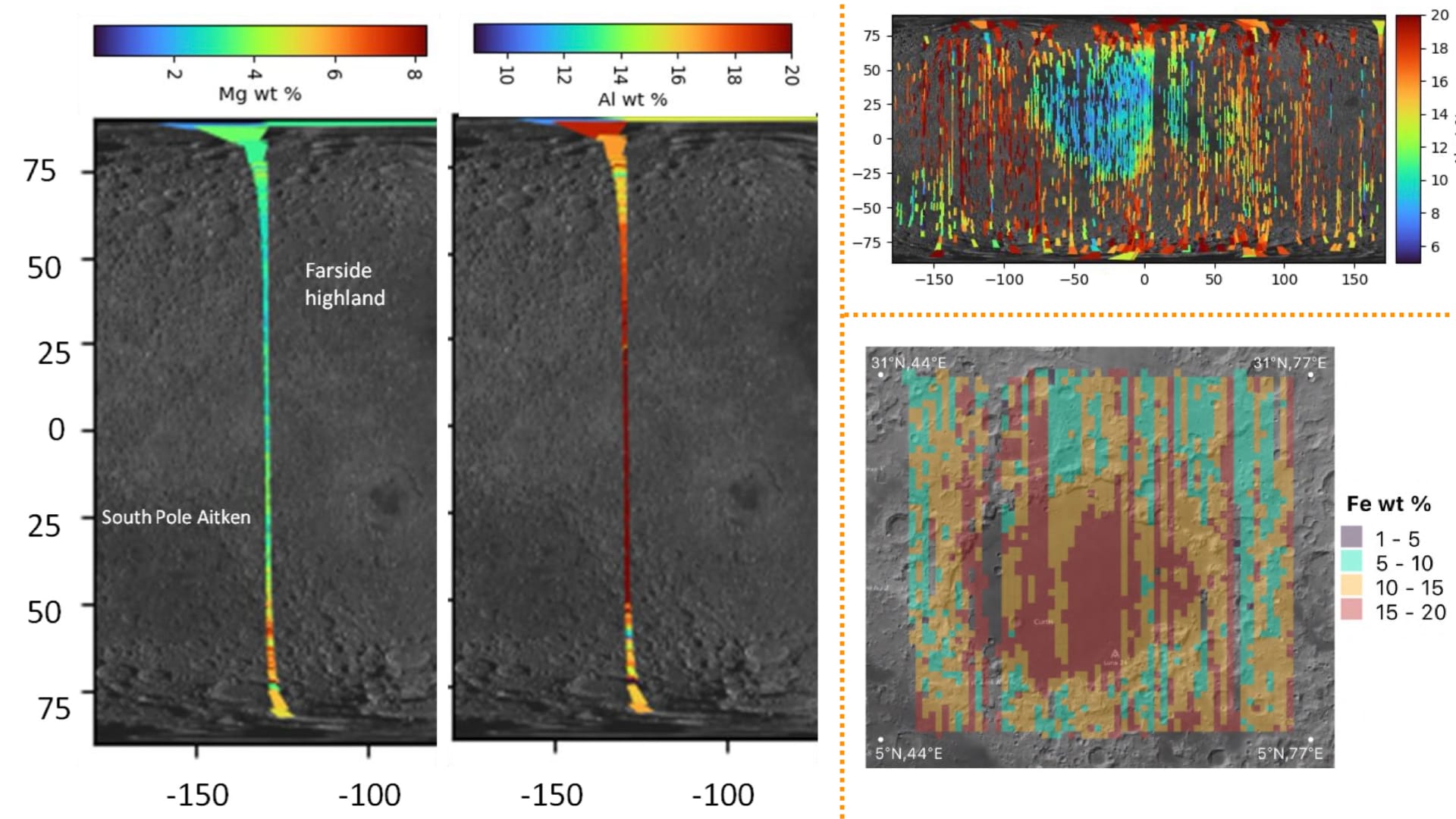
- The CLASS spectrometer on the Chandrayaan 2 orbiter has provided the largest and highest-resolution X-ray mapping of the Moon’s surface elements using orbital data collected over the first three years of its operation. This previously led to the first ever global-scale sodium maps of the Moon, and identifying Chromium in volcanic lunar soil. Now, with more studies based on CLASS data, the instrument continues assisting in detailed geological and volcanic analysis of several lunar features, including Mare Imbrium, Mare Crisium, and the puzzling nature of Irregular Mare Patches. Studying these datasets is unraveling specifics of how our Moon evolved and helping scientists constrain the lunar crust’s composition.
- Researchers have been using the Chandrayaan 2 orbiter’s high-resolution camera, which is the world’s sharpest lunar imager, to identify sub-resolution tracks of Chandrayaan 3’s rover based on illumination changes. Scientists are also using the imager to study interactions between the lander’s engine plumes and lunar regolith during when Chandrayaan 3’s lander hopped towards the end of its surface mission.
- The IIRS infrared spectrometer on the Chandrayaan 2 orbiter is the successor to the M3 instrument on Chandrayaan 1 which discovered lunar water. IIRS was supposed to advance the next phase of lunar exploration by helping locate and quantify water ice deposits on the Moon’s poles. However, the expected results haven’t come due to issues with calibration of IIRS data. The team is still slowly progressing on making its data products useful, and there’s some usage demonstrated with mineral compositional studies. But the lack of firm, expected results from IIRS are made poignant by the fact that it’s been in lunar orbit for over five years since Chandrayaan 2’s launch in 2019. There may be a silver lining. Recently a team of US scientists calibrated IIRS datasets on their own to be able to leverage the spectrometer’s potency:
Observations from the Chandrayaan-2 Imaging Infrared Spectrometer (IIRS) present a unique opportunity to study lunar hydration, given the instrument’s spectral range of 0.9–5.3 μm, spectral resolution of 20 nm, and spatial resolution of ~80 m. This instrument is similar to the Moon Mineralogy Mapper (M3) on Chandrayaan-1 but the longer spectral range allows for direct removal of the lunar thermal emission which affects the 3 µm band. After five years in orbit, IIRS has accumulated enough observations to include the same surface regions under different lighting conditions. [...] We use the IIRS data to analyze the spatial and temporal variability of the 3 µm absorption feature on the lunar surface to explore the effect of temperature/illumination conditions on the presence of hydration.
Related: How Chandrayaan 1, 2 and 3 leveraged their view from the Moon to image a solar eclipse, study the Sun’s flares, and observe Earth as an exoplanet
Many thanks to the Takshashila Institution, PierSight, Catalyx Space and Gurbir Singh for sponsoring this Chandrayaan-special edition of Indian Space Progress. If you too appreciate my efforts to capture true trajectories of Indian space, support my independent writing. 🚀
Results from India’s Chandrayaan 3 experiment to benefit future missions eyeing lunar water
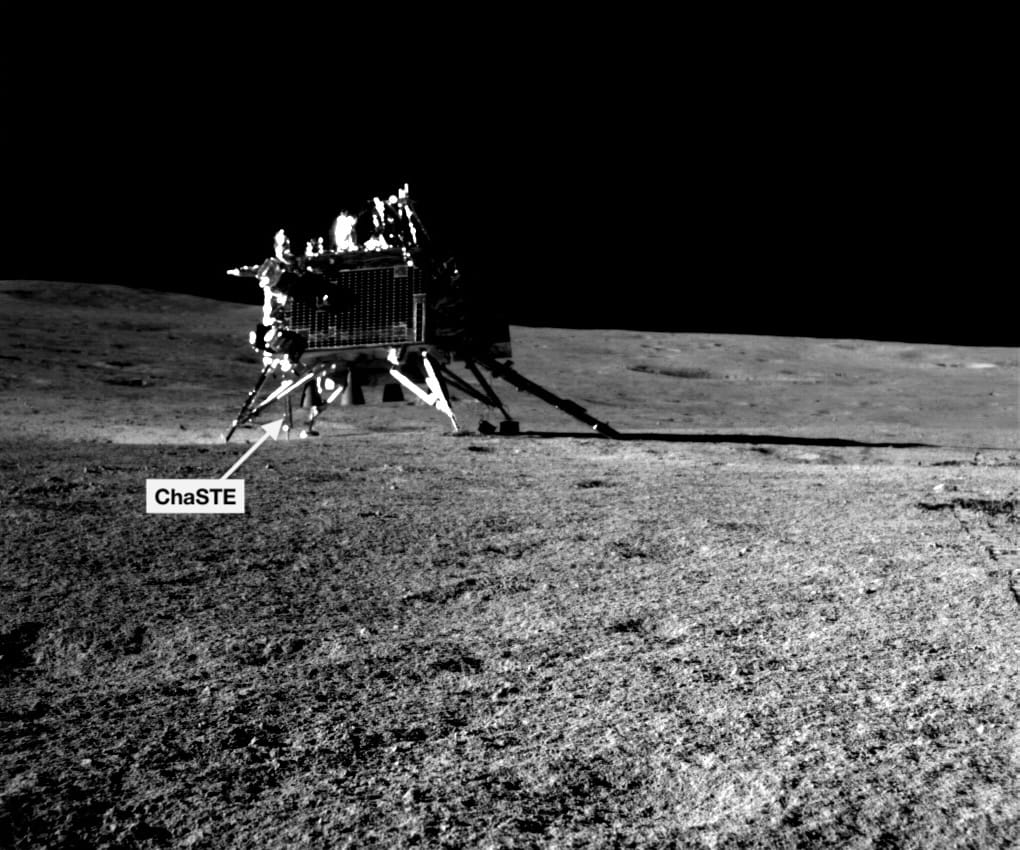
The Chandrayaan 3 lander touted a thermal probe called ChaSTE developed jointly by two ISRO-affiliated institutions SPL and PRL. The lander deployed and inserted ChaSTE almost 10 centimeters into the lunar soil to take pristine temperature measurements across the lunar day using ten spaced-out sensors. A new study published in Nature shows how the measurements are helping scientists learn exactly how the Sun’s heat propagates down from the Moon’s surface, which has notable implications for planning future polar missions scouting for water ice.
ChaSTE sensors noticed a rather large temperature difference of 50–80°C between the two ends of the probe, owing to the Moon’s soil being a poor conductor of heat. ChaSTE’s measurements from Chandrayaan 3’s near-polar landing site of 69°S are unique because heat flow experiments on earlier Apollo missions and most recently on Firefly’s Blue Ghost lander were in near-equatorial locations, thus tailoring to different objectives that aren’t related to understanding water ice deposits on the Moon’s poles. “ChaSTE is the first ever in-situ thermal profiling of the Moon’s near subsurface,” said PRL planetary scientist K. Durga Prasad who is one of the experiment leads.

A heater just above the probe’s tip later warmed up the subsurface soil, which let scientists determine its thermal conductivity, and from it infer its density and physical properties. Future missions operating at or near the Moon’s poles need to account for these characteristics. Likewise, even though the ChaSTE experiment did not directly study water ice, its results have relevant implications for future missions looking for said icy deposits.
Combining multiple measurements and extensive modeling that accounted for Chandrayaan 3’s landed geometry, local topography, and actual observational conditions, the ChaSTE study derived high-resolution surface and subsurface temperatures at the landed region that were more accurate than those inferred coarsely from orbit using the Diviner radiometer on NASA’s Lunar Reconnaissance Orbiter. This led to a conclusion relevant to future water-ice hunting missions on or near the Moon’s poles:
ChaSTE observations have shown that at high-latitudes, sunward slopes are considerably warmer and poleward slopes just about a meter apart could be much cooler, providing an environment conducive for the presence of water-ice within the shallow sub-surface.
[...]
A relationship between the local slope and expected surface peak temperature has been derived. The interesting outcome is that the high latitude sites with local slope greater than 14° in poleward direction might offer similar environment as polar sites for accumulating water ice at shallow depths.
The ChaSTE experiment thus suggests that the local terrain and slopes play an outsized role in the ability of near-polar and polar areas to “pump” and accumulate water ice deposits in their subsurfaces. “Temperatures dictate the presence, stability, and mobility of water on the Moon,” said Durga. More on that in the paper:
Modeling studies showed that surface temperatures ranging from 110 K to 114 K [-163°C to -159°C] are suitable conditions for cold-trapping of water ice, particularly at polar regions. It is also suggested that water-ice can migrate to the subsurface due to strong thermal pumping, if the diurnal maximum temperature (Tmax) is above 120 K [-153°C] and the mean temperature (Tmin + (Tmax-Tmin/π)) is below 105 K. [-168°C] Also, the presence of a dry regolith layer can reduce sublimation rates, potentially burying water ice deposits (due to any transport mechanisms) under a few centimeters thick layer. Such buried water-ice can remain stay put as long as the temperatures are maintained below cold-trapping limits, especially during lunar nights.
Considering that local surface temperatures at the Chandrayaan 3 landing site hovered around -168°C by nighttime, it’s possible that several larger poleward sloping regions around Chandrayaan 3’s landing site are hosting subsurface water ice. More crucially, the findings lend mission planners a broader area for water ice prospecting instead of being limited to the treacherously rocky regions of 86-90°S. From the paper:
High-latitude regions with larger poleward slopes can also be potential sites for water-ice prospecting for future exploration and in-situ resource utilization. Such sites would be technically less challenging for exploration in comparison to extreme polar sites, but scientifically equally interesting for enhancing our understanding about the water ice quantification, distribution and migration.
While exploring high-latitude lunar regions between 70–85°S is more challenging—in terms of terrain, slopes, temperature ranges, and access to the Sun and Earth—compared to the relatively benign near-equatorial and mid-latitude regions, the high-latitudes are still not as extreme as 86–90°S. The Moon’s peak polar areas demand 100-meter precision landings as well as operations during local summers to survive and enable full-duration missions. As such, ChaSTE’s results suggest that future missions with relatively lower budgets and lower risk appetites could still explore water ice in either the less extreme near-polar areas or in peak polar areas despite shorter mission durations.
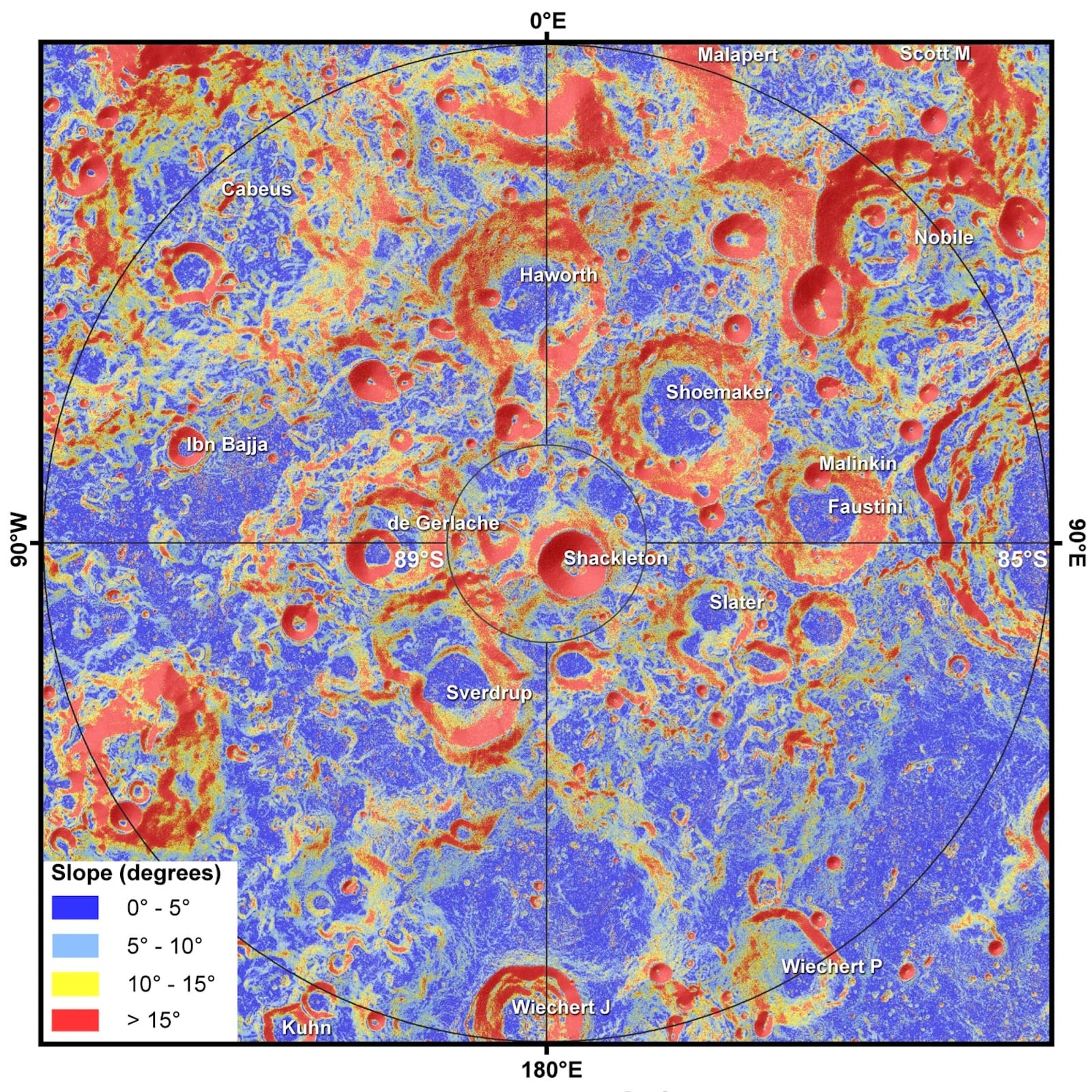
“Future studies and even extraction operations of lunar soil will benefit from ChaSTE’s data,” said Durga. The data is publicly available on ISRO’s ISSDC portal. The datasets and model codes used in the study are available on PRL’s website.
More lunar advances from India
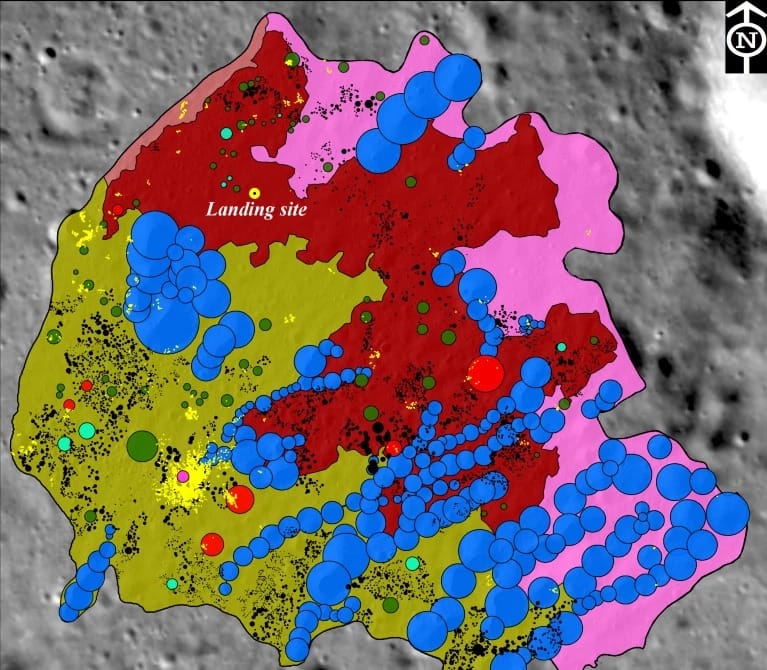
- The first geological map of Chandrayaan 3’s landing region reveals it to be 3.7 billion years old. The region has been significantly altered since its formation by subsequent crater impacts and their material ejections.
- On March 13, India’s SPADEX satellites achieved successful undocking in Earth orbit, nearly two months after the docking in January. SPADEX is paving the way for ISRO to undertake the Chandrayaan 4 sample return mission, which will involve remote docking and undocking in Earth and lunar orbit.
- The composition of high-latitude lunar soil measured by Chandrayaan 3 is being used to create lunar soil simulants from Moon-like anorthositic rocks in the UAE.
- A group at the Indian Institute of Science has been progressing on bacteria-based lunar regolith simulant bricks that are repairable.
That was a long piece! If you liked my compilation, commentary, and analysis to provide you with a true sense of advances that India is making with its Chandrayaan missions, kindly support my independent writing. 🌙
